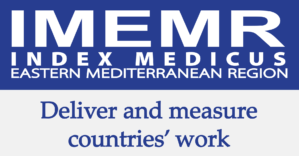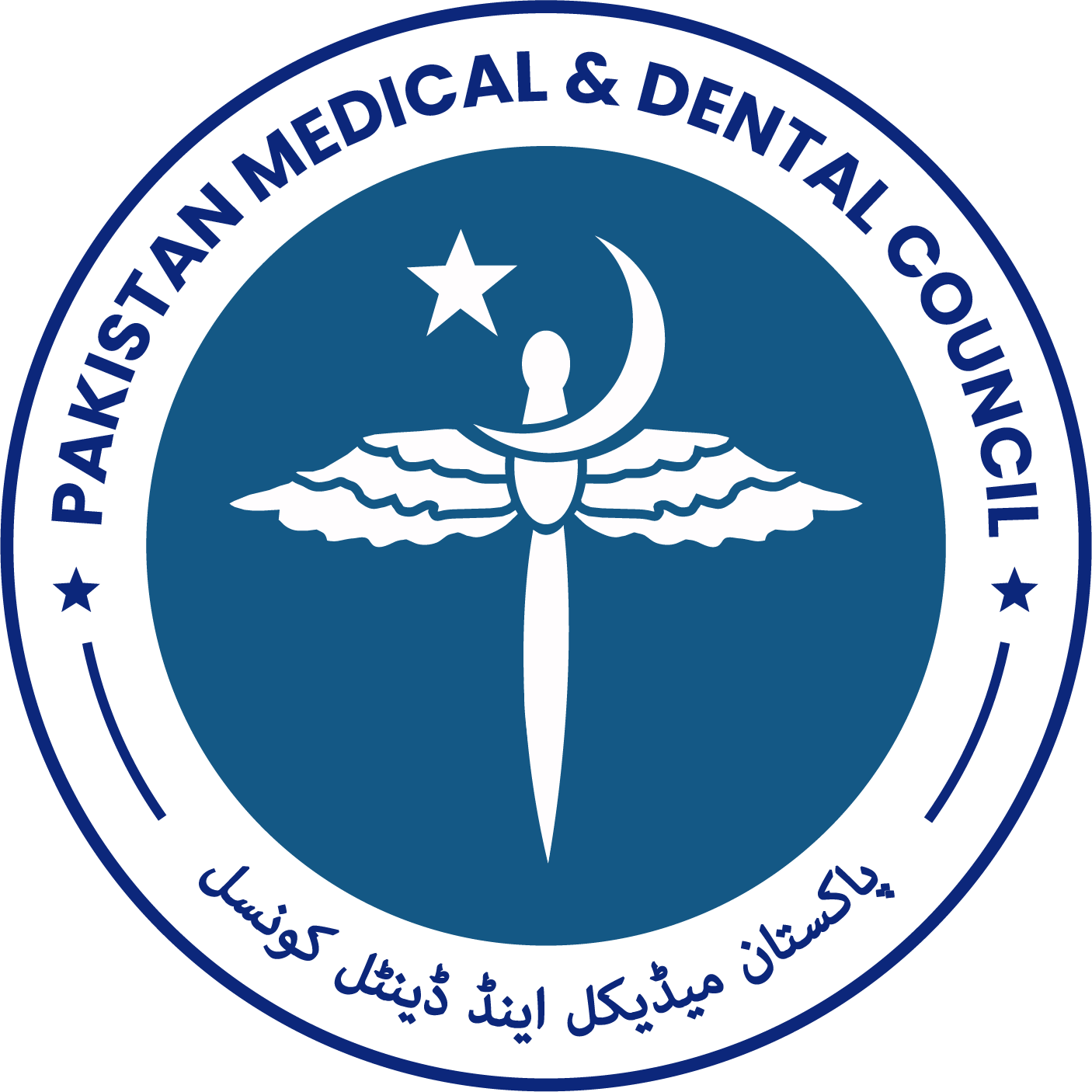Disease Spectrum in COVID-19 Cohort with Travel History from Iran
DOI:
https://doi.org/10.53685/jshmdc.v3i1.91Keywords:
COVID-19, Travelers, epidemiological trendsAbstract
Background: Coronavirus disease 2019 (Covid-19), declared as a pandemic in March 2020, is an acute respiratory tract illness caused by coronavirus 2 (SARS-CoV2) with clinical manifestations ranging from mild upper respiratory tract symptoms to severe pneumonia.
Objectives: To determine the disease spectrum of Covid-19 in a cohort with a travel history from Iran.
Materials & Methods: This cross-sectional study with a retrospective collection of data was conducted at Agha Khan University, Karachi from 15th March to 19th April 2020. One hundred and fifty-five laboratory-confirmed cases of Covid-19 were recruited from a government quarantine facility. Data were obtained from the Punjab Emergency Services (Rescue 1122) database where a record of SARS-CoV-2 positive cases and quarantined persons is maintained. Study subjects with a travel history to Iran were contacted by telephone to obtain information about demographics, symptoms, and co-morbid conditions. SPSS version 24 was used to analyze the data. Frequencies and percentages were calculated.
Results: Among the returning travelers, 213 had laboratory-confirmed Covid-19, out of which 155 were included in this study. 56.1% were males with a mean age of 40 years. Among the study participants, 91.6% remained asymptomatic throughout the stay, while 8.4 % became symptomatic. 77.5% of the participants had received BCG vaccination in childhood. Among symptomatic cases 15.4% had asthma and 7.7% had hypertension. The most common clinical manifestation was cough which was present in 38.5% of the study participants. None died among the study participants.
Conclusion: A mild presentation of COVID-19 was seen in our study participants with 91.6% among them being asymptomatic, while 8.4% were symptomatic. There was a high positivity rate in males as compared to females.
References
Jie C, Li F, Shi ZL. Origin and evolution of pathogenic coronaviruses. Nat Rev Microbiol. 2019; 17(3): 181-192. doi.org/10.1038/s41579-018-0118-9 DOI: https://doi.org/10.1038/s41579-018-0118-9
Kahn J S, McIntosh K. History and recent advances in coronavirus discovery. J. Pediatr. Infect. Dis. 2005; 24(11 suppl): S223-S227. doi: 10.1097/01.inf.0000188166.17324.60. DOI: https://doi.org/10.1097/01.inf.0000188166.17324.60
World Health Organization. WHO guidelines for the global surveillance of severe acute WHO/CDS /CSR/ARO/2004.1.
Moira CY, Xu RH. SARS: epidemiology. Respirology. 2003; 8(Suppl 1): S9-S14.doi:10. 1046/j.1440-1843.2003.00518.x
Zumla A, Hui DS, Perlman S. Middle East respiratory syndrome. Lancet. 2015; 386(9997): 995-1007. doi: 10.1016/S0140-6736(15)60454-8. DOI: https://doi.org/10.1016/S0140-6736(15)60454-8
World Health Organization. WHO MERS-CoV global summary and assessment of risk. Geneva: WHO. 2019: 1-10
World Health Organization."Report of the WHO-China Joint Mission on Coronavirus Disease 2019 (COVID-19). 2020: 1-40
Verity R, Okell LC, Dorigattit I, Winskill P, Whittaker C, Imai N, et al. Estimates of the severity of coronavirus disease 2019: a model-based analysis. Lancet Infect Dis. 2020; 20(6): 669-677 doi: 10.1016/S1473-3099(20)30243-7. DOI: https://doi.org/10.1016/S1473-3099(20)30243-7
Cascella M, Rajnik M, Aleem A, C Scott. Dulebohn, Napoli Di R. Features, Evaluation, and Treatment of Coronavirus (COVID-19). Stat Pearls Publishing; 2022.
Wu Z, McGoogan JM. Characteristics of and important lessons from the coronavirus disease 2019 (COVID-19) outbreak in China: Summary of a report of 72314 cases from the Chinese Center for Disease Control and Prevention. JAMA. 2020; doi:10.1001/jama.2020.2648 DOI: https://doi.org/10.1001/jama.2020.2648
Pakistan population– Demographics of Pakistan. https://www.worldometers.info/demographics/pakistan-demographics/ 2017.
Howden LM, Meyer JA. Age and sex composition: 2010. United States Census Bureau. United States Census Bureau. 2011.
Statistic Yearbook 2011. Istituto Nazionale di Statistica.
Team E. The epidemiological characteristics of an outbreak of 2019 novel coronavirus diseases (COVID-19)—China, 2020. China CDC weekly. 2020; 2(8):113-122. DOI: https://doi.org/10.46234/ccdcw2020.032
Ing AJ, Cocks C, Green JP. COVID-19: in the footsteps of Ernest Shackleton. Thorax. 2020; 75(8):693-694.doi:10.1136/thoraxjnl-2020-15091 DOI: https://doi.org/10.1136/thoraxjnl-2020-215091
Huang C, Wang Y, Li X, Ren L, Zhao J, Hu Y, et al. Clinical features of patients infected with 2019 novel coronavirus in Wuhan, China. The Lancet. 2020; 395(10223): 497-506.doi:10.1016/S01406 736 (20)30183-5. DOI: https://doi.org/10.1016/S0140-6736(20)30183-5
Patanavanich R, Glantz SA. Smoking is associated with COVID-19 progression: a meta-analysis. medRxiv. 2020. doi: 10.1093/ntr/ntaa082 DOI: https://doi.org/10.1101/2020.04.13.20063669
Netea MG, Curtis N, Sparrow A, Nguyen VK, Kalenga Ol, Moeti M, et al. Considering BCG vaccination to reduce the impact of COVID- The Lancet. 2020; 395(10236). doi:10.1016/S0140-6736 (20)31025-4. DOI: https://doi.org/10.1016/S0140-6736(20)31025-4
Komine-Aizawa S, Yamazaki T, Yamazaki T, Hattori S, Miyamoto Y, Yamamoto N, et al. Influence of advanced age on Mycobacterium bovis BCG vaccination in guinea pigs aerogenically infected with Mycobacterium tuberculosis. Clin Vaccine Immunol. 2010; 17(10):1500-150. doi: 10.1128/CVI.00190-10 DOI: https://doi.org/10.1128/CVI.00190-10
Downloads
Published
How to Cite
Issue
Section
License
Copyright (c) 2022 Ayesha Iftikhar, Aeman Naseer, Ayesha Sharif, Yasir Riaz Gillani , Romena Qazi , Rizwan Naseer , Faisal Sultan

This work is licensed under a Creative Commons Attribution-NonCommercial 4.0 International License.
You are free to:
- Share — copy and redistribute the material in any medium or format
- Adapt — remix, transform, and build upon the material
- The licensor cannot revoke these freedoms as long as you follow the license terms.
Under the following terms:
-
Attribution — You must give appropriate credit, provide a link to the license, and indicate if changes were made. You may do so in any reasonable manner, but not in any way that suggests the licensor endorses you or your use.
-
Non Commercial — You may not use the material for commercial purposes.
-
No additional restrictions — You may not apply legal terms or technological measures that legally restrict others from doing anything the license permits.




















